Kees van Dongen: The Fauvist Portraitist
A leading member of the Fauves, Dutch artist Kees van Dongen pioneered a radical new portrait style of the modern woman.
"Life is beautiful, and this work is even more beautiful than life," once said Kees van Dongen, whose life work was to capture beautiful women in a dramatic and modern style. Born in Rotterdam, Holland in 1877, he studied art in his home country before moving to Paris in his 20s. He married fellow art academy student Augusta "Guus" Preitinger in 1901 while the two were living in the French capital.
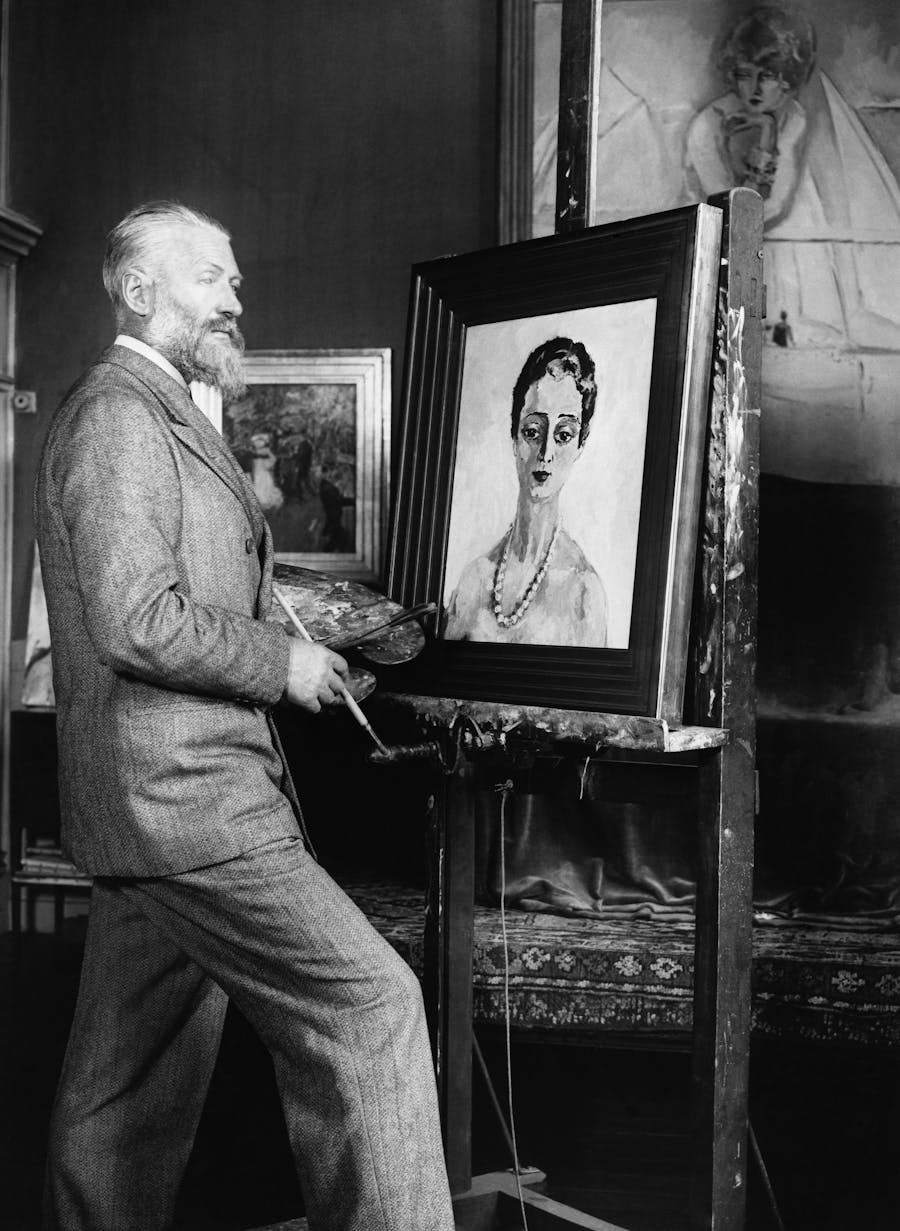
In 1904, the important Paris art dealer Ambroise Vollard requested that Van Dongen participated in the Salon des Indépendants. Over 2,000 works were exhibited by hundreds of artists including Henri Matisse, Robert Delaunay and Van Dongen.
Related: 8 Patrons of the Parisian Avant-garde
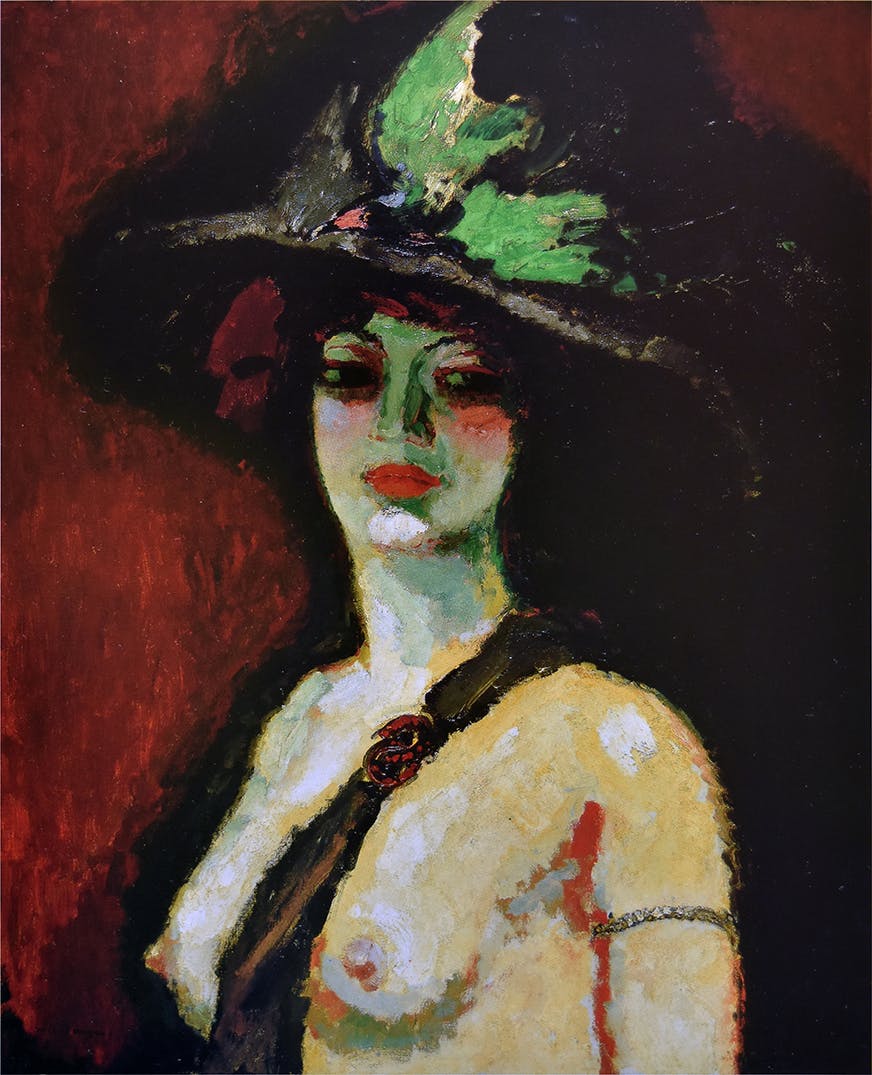
The following year, Van Dongen took part in the controversial 1905 Salon d'Automne exhibition. This was the year that Fauvism was launched. Radical uses of color by the likes of Van Dongen and Matisse led to the label of the Fauves (Wild Beasts) by art critic Louis Vauxcelles.
Related: Matisse: Master of the Fauves
That same year, Van Dongen moved to Bateau-Lavoir, a dilapidated building in Montmartre that was home to many aspiring artists who would go on to be the greats of the 20th century, including Pablo Picasso.
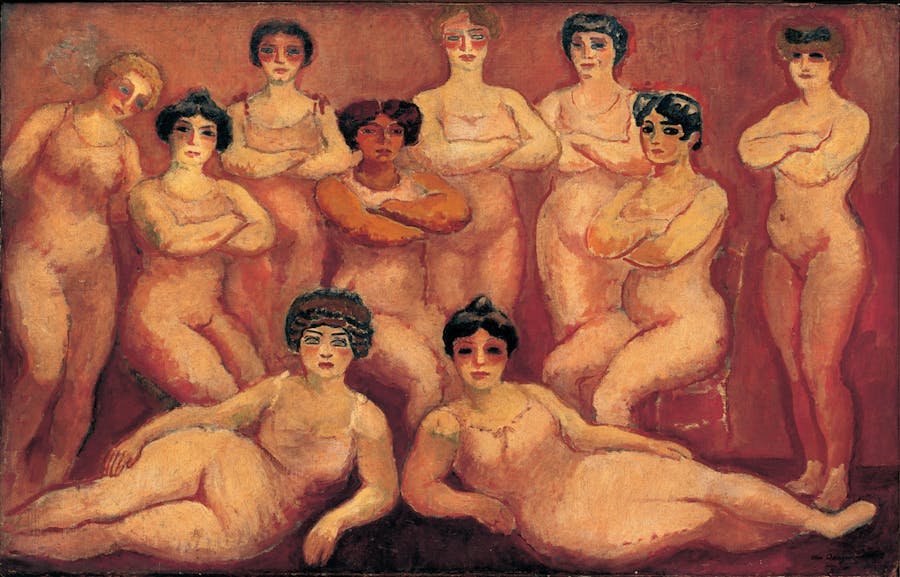
From 1905 to 1910, Van Dongen explored women and the nightlife of Paris, painting dancers, theater-performers and even prostitutes, earning him the name of "the painter of brothels."
Get articles like this straight to your inbox! Subscribe to our free newsletter here.
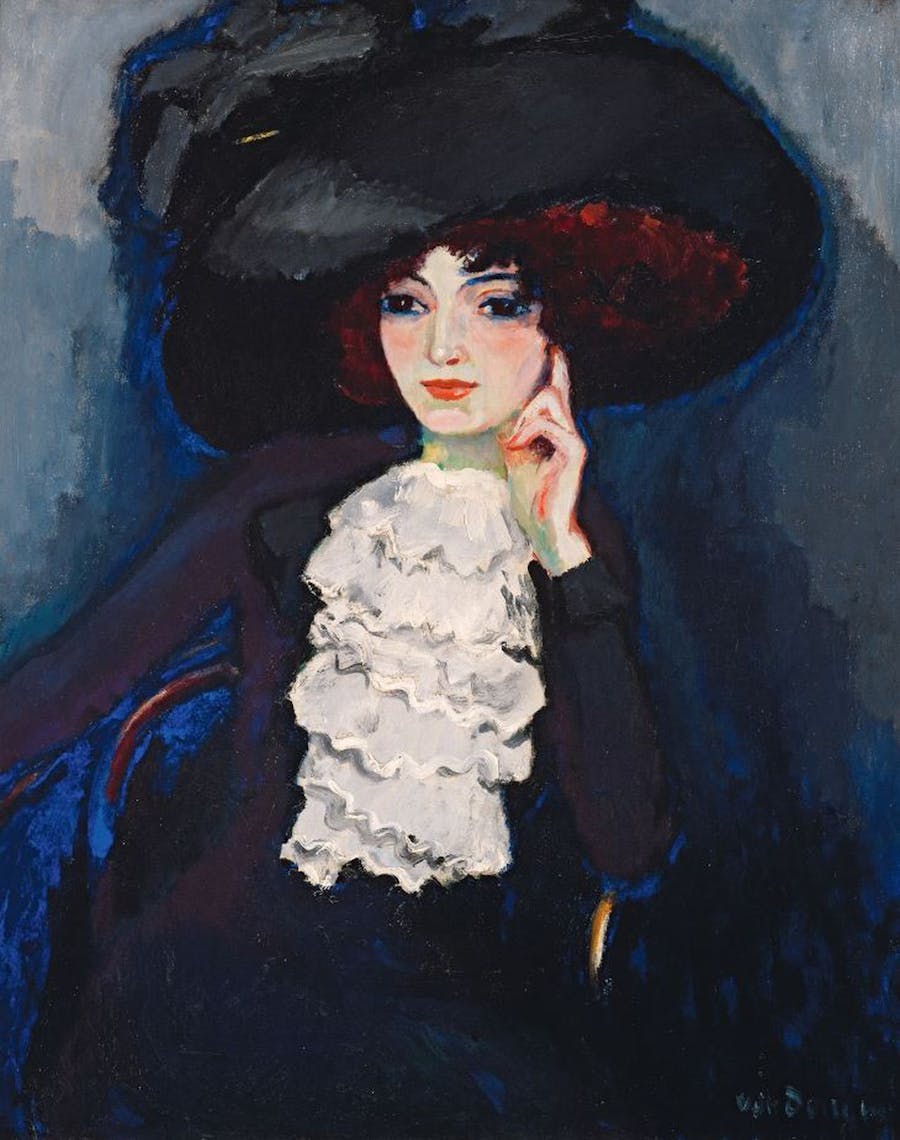
However, his sumptuous portraits were surprisingly popular with high society women. His use of unblended colors and the Fauvist and Expressionist techniques to create women with large, dark eyes often meant that all his subjects would become one women, his representation of femininity. He described his craft of painting as "the most beautiful of lies.''
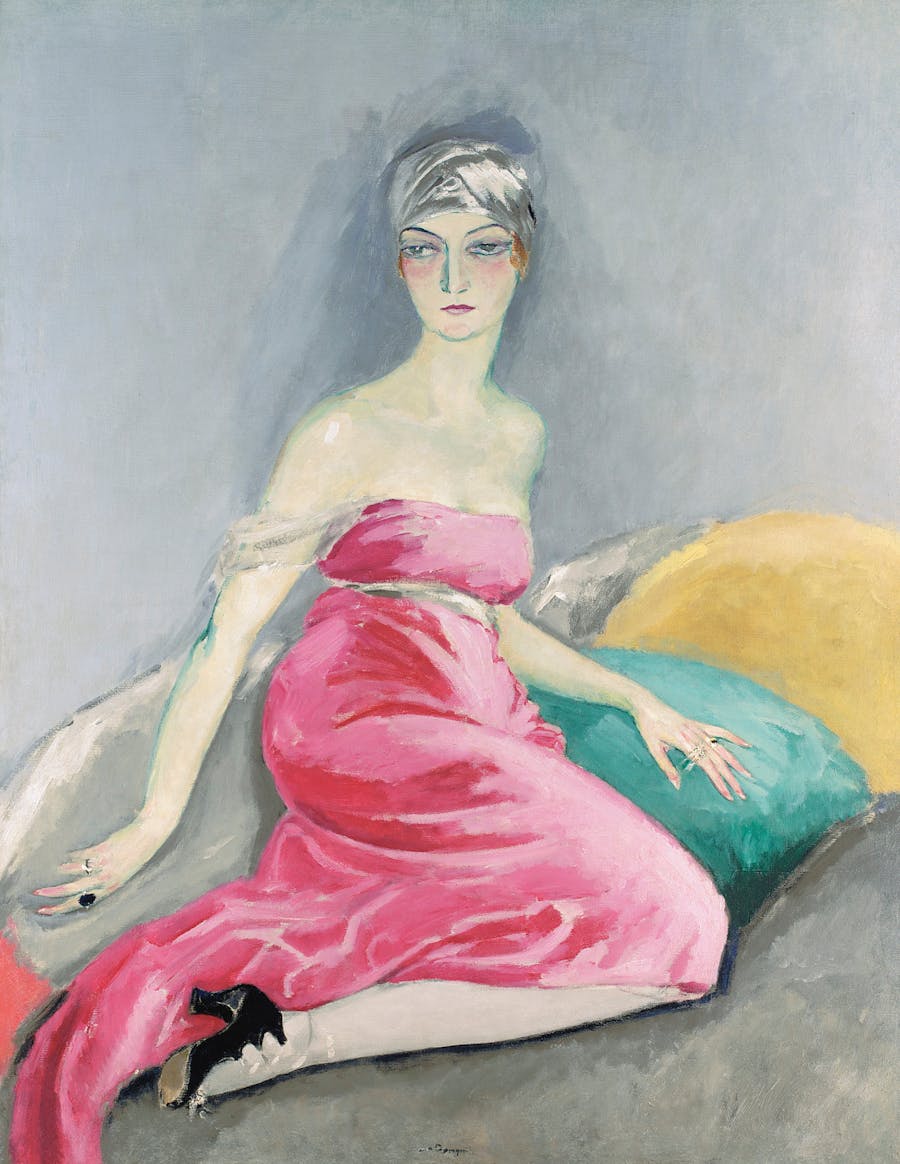
As well as being in the demand of the French bourgeoisie and upper class, Van Dongen painted some of the 20th century's most famous women, including dancer Josephine Baker in 1926, and actress Brigitte Bardot in 1959.
Related: 8 Artists Inspired by the South of the France
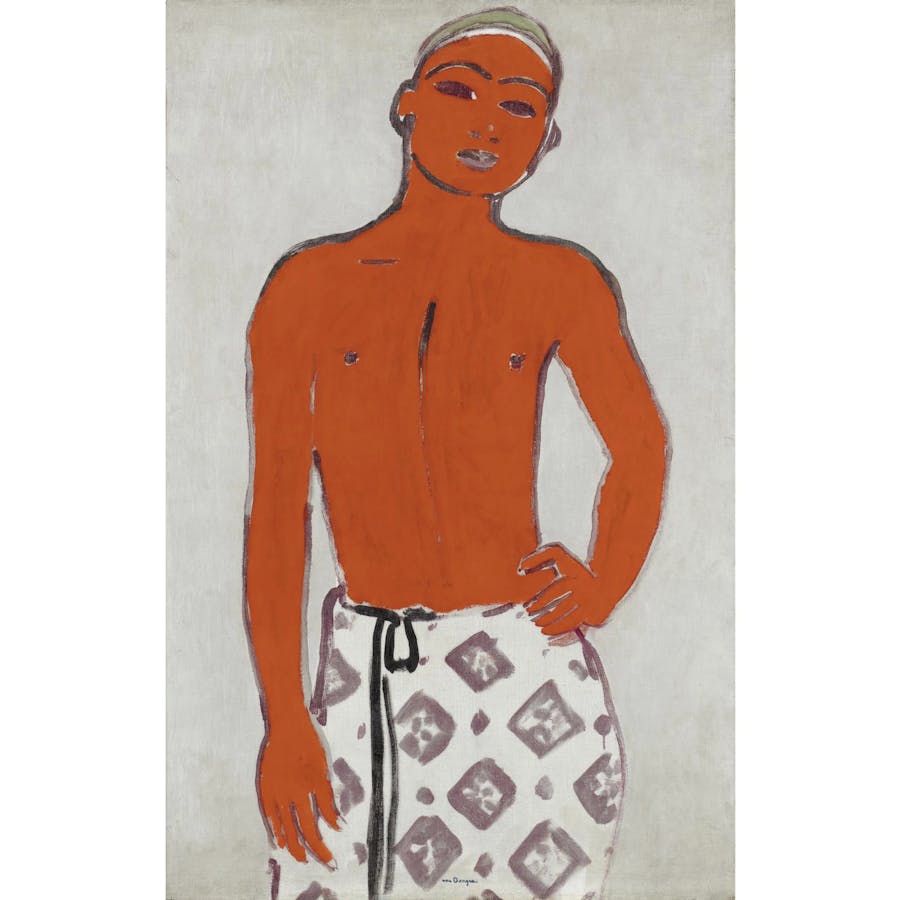
For the last nine years of his life, Van Dongen lived and worked in Monte Carlo, Monaco. He died at the age of 91 on May 28, 1968. Today, his works are held in prestigious museums worldwide, including the New National Museum of Monaco (which has an extensive collection), the Hermitage in St. Petersburg, the Centre Pompidou in Paris and MoMA in New York. His paintings also sell for millions at auction, with his record set at $13.8 million for Jeune Arabe at Sotheby's in 2009.
Find more articles on Barnebys Magazine
This is an updated version of the article originally published on February 16, 2018


